Plaster cast

If you break a bone you may need to have a plaster cast put on.
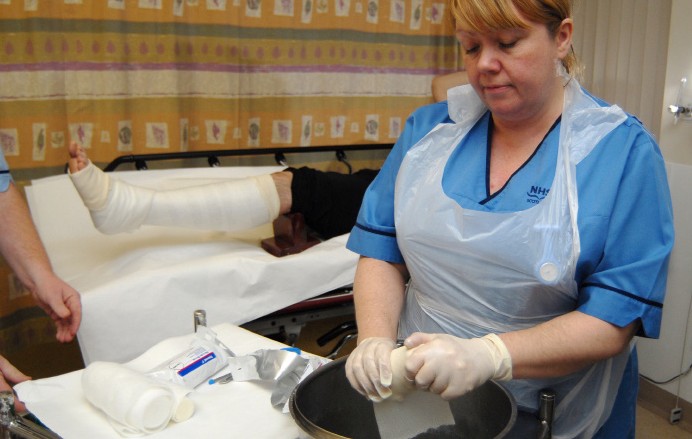
You will normally have an x-ray to take a picture of your bone before having a plaster cast put on.
A plaster cast will help your bone to heal itself.
It keeps your bone in position and protects it from further injury.
Having a Plaster cast put on
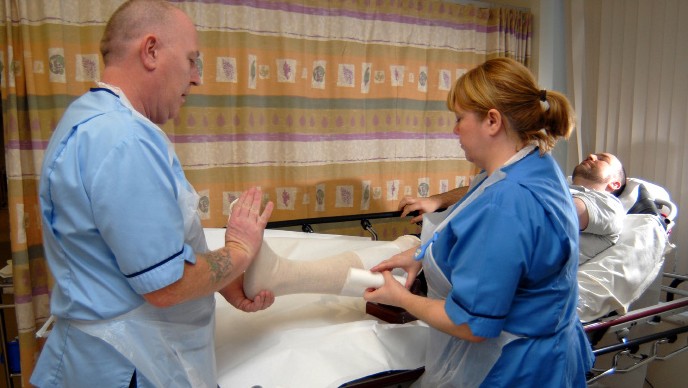
A plaster cast can be put on by a Nurse.
Staff will tell you where they are going to put your plaster.
Staff will put a bandage on to protect your skin.

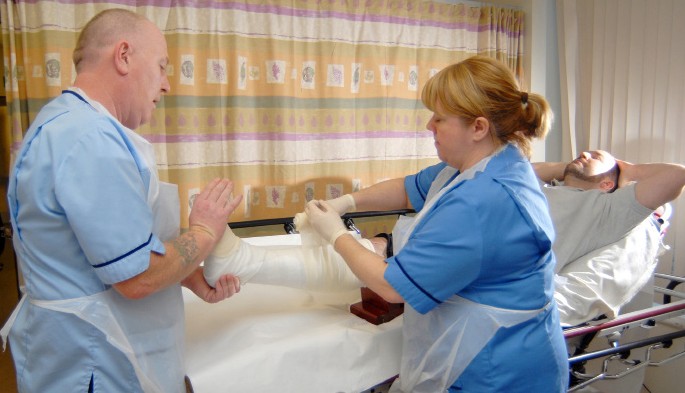
They will put special bandages in water before putting them on your body.
The bandages may feel warm as the cast becomes hard.
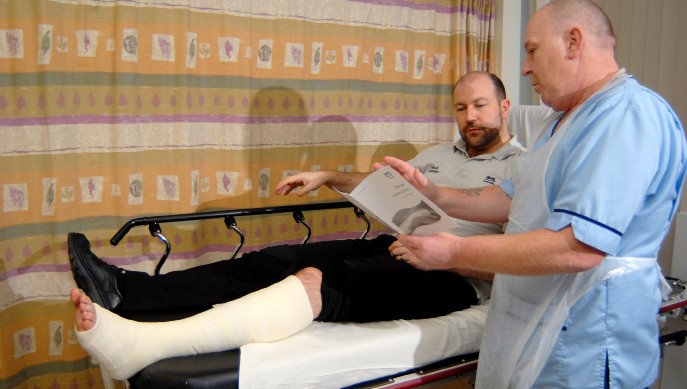
The staff will tell you:
- How long you have to keep the cast on
- When to come back to hospital
- How to look after your plaster
If you have a leg injury you may need to use crutches to help you walk.
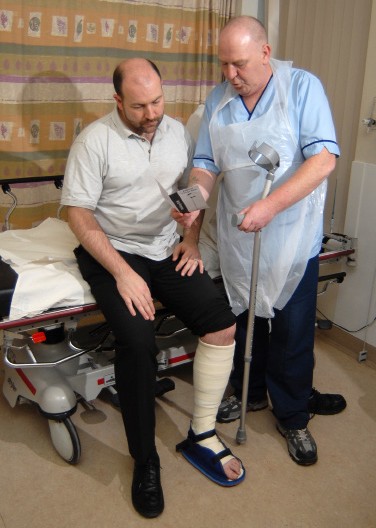
If you need crutches, the staff will tell you how to walk with them.

If you have an arm injury you may need to have a sling.
Having a plaster cast taken off
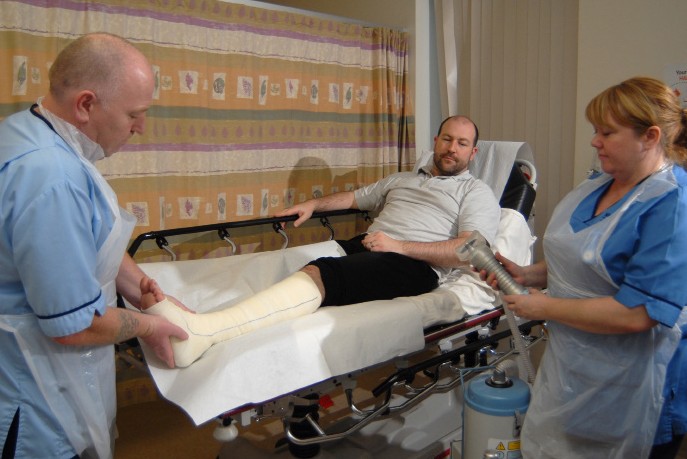
The Nurse will tell you what they are doing.
You will need to sit or lie down.
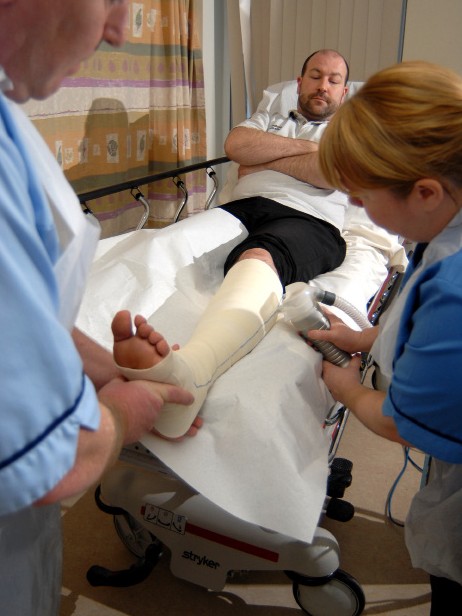
Your cast has to be cut off with a machine.
It makes a noise like a vacuum cleaner.
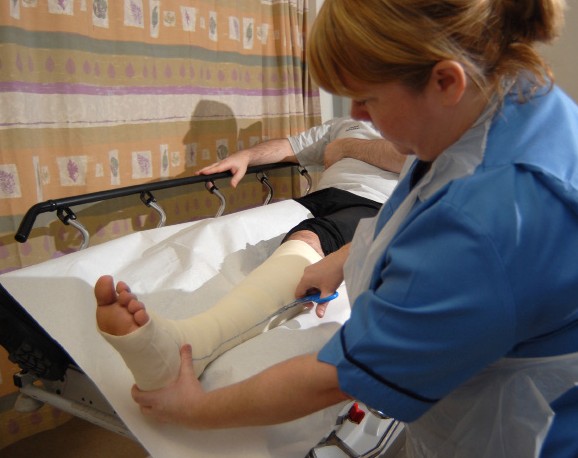
The Nurse will then use scissors to remove your cast.
They will tell you if you need another cast put on or when to come back to hospital.
Caring for your plaster


The Nurse will then use scissors to remove your cast.
They will tell you if you need another cast put on or when to come back to hospital.
You may not be allowed to walk on the plaster.
Staff will tell you when it is safe to walk on the plaster.

You should keep your hand up for 2 days.
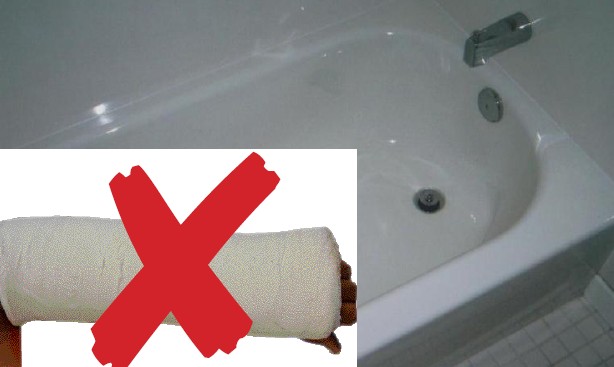
Keep your plaster dry.
You should not put the cast in water.
You must cover it if you have a shower or a bath.
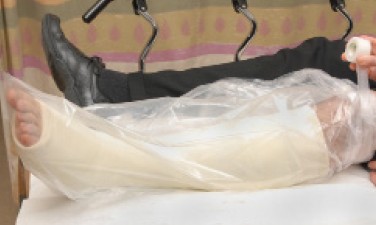
You should not put your cast in water.
You must put a waterproof cover over your plaster before having a shower or a bath.
You should get someone to help you do this.
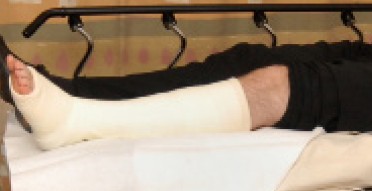
You must take the cover off when you have finished having a bath or shower.
Come back to hospital if:
- your plaster feels tight
- your hand or foot becomes swollen
- you can’t feel your fingers or toes
- you can’t move your fingers or toes
- you can’t control your pain
Your Feedback – comments, concerns and complaints
NHS Lanarkshire is committed to improving the service it provides to patients and their families. We therefore want to hear from you about your experience. If you would like to tell us about this please visit our feedback page.


